Характеристики
Дизайн
- Цвет
- Brown / Red
- Размер
- From 3 Years
Прочие свойства
- Бренд
- Safari Ltd.
Описание
The first Rhamphorhychus fossil was found in 1825. It was first thought that it was an ancient bird, but under closer examination, it became clear that it had teeth, certainly not what they expected a bird to have. Pterodactylus, the first pterosaur, had just been described. A quick comparison told the scientists that the new ‘bird’ fossil was really a pterosaur, but unlike Pterodactylus, which had a short tail, this new pterosaur had a very long tail. Because of this difference, it became known as Rhamphorynchus (‘beak-tail) longicaudus (‘long tail’).
Rhamphoryhnchus was a pterosaur, or flying reptile, that lived in the Late Jurassic (about 150 million years ago) in what is now Europe. Although it is superficially similar in some ways to bats and birds, it is not related to either group. It is easily recognizable by its beak-like snout and long tail. The best Rhamphorhynchus fossils come from a limestone quarry in Solnhofen, Bavaria. All of the fossils from this locality are incredibly well preserved, leaving little doubt about what the animals looked like in life.
Feature:
- Scientific Name: Rhamphorhychus, meaning ‘beak-snout’.
- Characteristics: Rhamphorhynchus was a fairly large pterosaur. It had a very long snout full of long sharp teeth that were probably used to catch fish. Unlike some pterosaurs, Rhamphorhychus did not have a bony crest on its skull. It had a very long tail stiffened by ligaments. The end of the tail had a diamond-shaped vane that helped the animal steer as it flew through the air, a bit like a rudder. Although large adults had a wingspan of nearly six feet, hatchlings with wingspans of as little as one foot have also been found.
- The Rhamphorhynchus is part of the Wild Safari® Prehistoric World collection
Specifications:
- Dimensions: 18 L x 20.5 H
- Dimensions: 7.09 L x 8.07 H
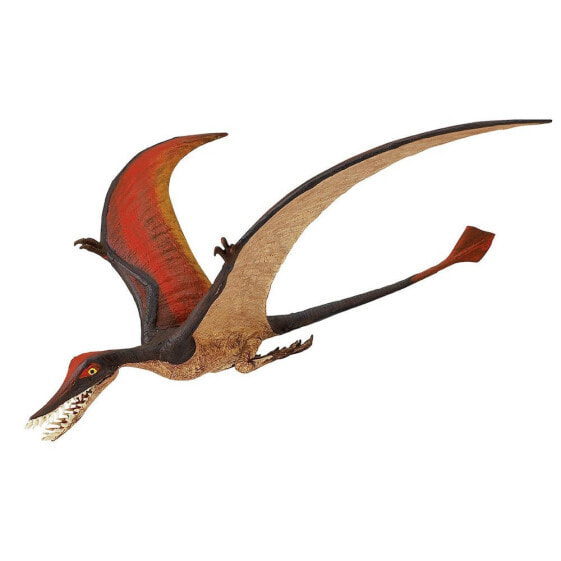










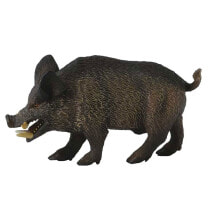







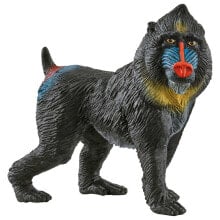
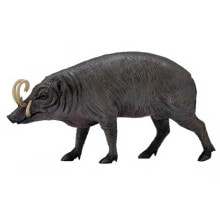

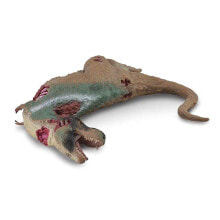

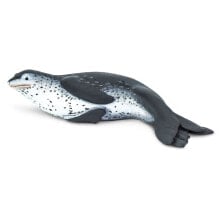



Мы собрали лучшие предложения по оригинальным брендовым товарам из зарубежных магазинов, выстроили надежную систему доставки и не тратим средства на аренду торговых помещений - это позволяет сделать цены для вас намного ниже местных магазинов.
Непривычно покупать качественные вещи дёшево? Пора начинать это делать вместе с LiteMF Market!»